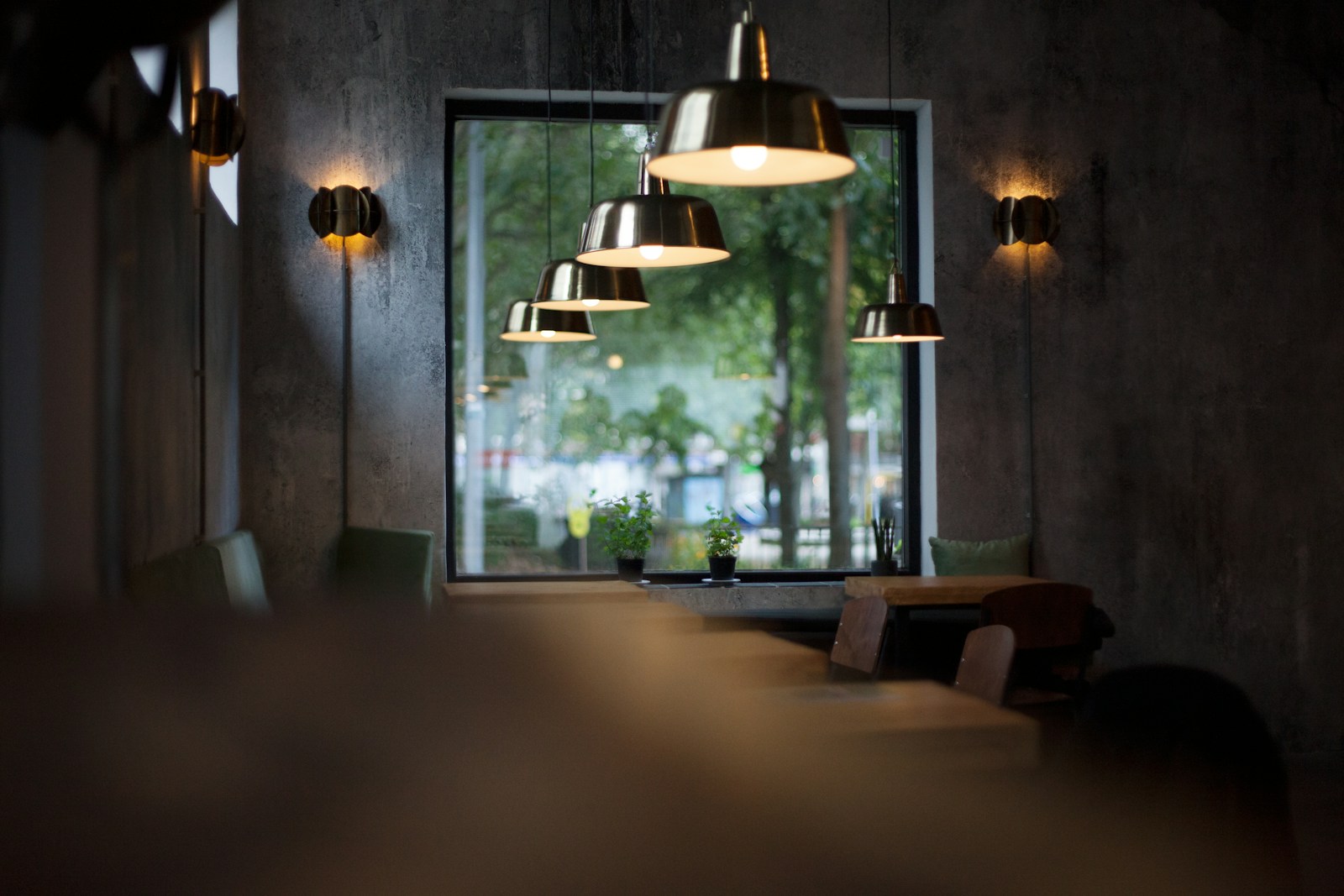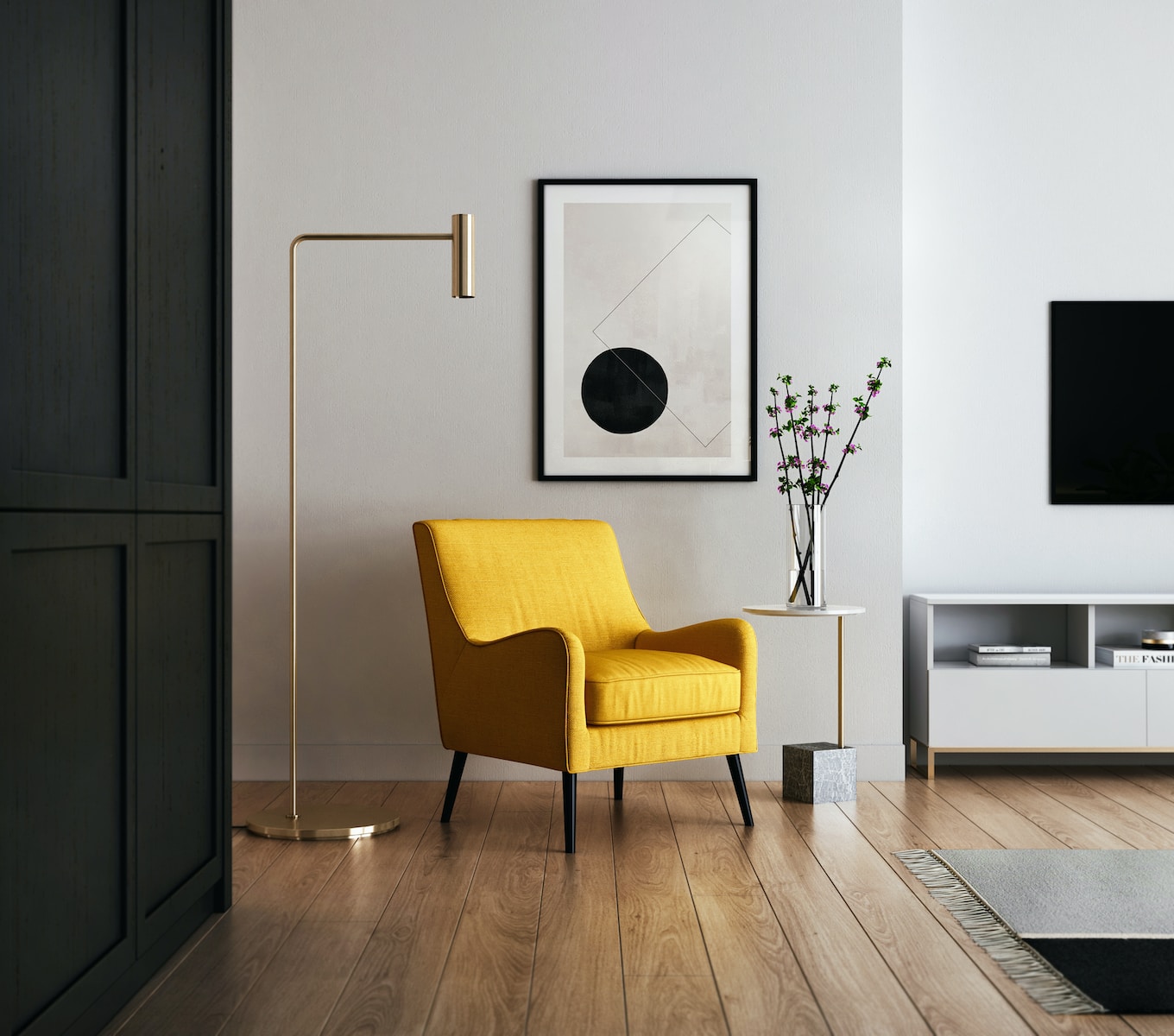The world of interior design is a delicate dance between aesthetics and functionality, and one key player in this symphony is lighting. Often underestimated, lighting can significantly impact the mood, ambiance, and functionality of a space. In this blog, we will delve into the importance of lighting in interior design and provide valuable tips on selecting the right lighting fixtures for different rooms.
The Importance of Lighting in Interior Design:
Lighting is more than just a means to brighten up a room; it is a powerful tool that can transform the look and feel of a space. Here’s why lighting is a crucial aspect of interior design:
- Mood Enhancement:
- Different lighting setups can evoke varied emotions and moods. Soft, warm lighting in a bedroom creates a cozy and relaxing atmosphere, while bright, cool lighting in a workspace promotes alertness and focus.
- Highlighting Design Elements:
- Proper lighting can accentuate the architectural and design features of a room. Whether it’s a statement piece of furniture, artwork, or architectural details, the right lighting draws attention to these elements.
- Functionality:
- Adequate lighting is essential for performing tasks efficiently. A well-lit kitchen, for example, ensures safe and efficient food preparation, while proper lighting in a home office enhances productivity.
- Spatial Perception:
- Lighting influences how we perceive space. Well-distributed lighting can make a room feel larger and more inviting, while poor lighting can make it appear cramped and unwelcoming.
Tips for Selecting the Right Lighting Fixtures:
Now that we understand the significance of lighting in interior design, let’s explore some tips on choosing the right lighting fixtures for different rooms:
- Consider the Room’s Purpose:
- Different rooms have different lighting needs. For example, ambient lighting works well in living rooms, while task lighting is essential in kitchens and home offices. Understanding the purpose of each room is the first step in selecting appropriate lighting.
- Layered Lighting:
- A well-lit room often involves a combination of ambient, task, and accent lighting. Layering these types of lighting creates depth and flexibility, allowing you to adapt the lighting to various activities and moods.
- Match Style and Functionality:
- Lighting fixtures should complement the overall style of your interior while serving their intended purpose. A modern pendant light might be perfect for a contemporary kitchen, while a classic chandelier could be an excellent choice for a formal dining room.
- Consider Color Temperature:
- The color temperature of lighting (measured in Kelvin) affects the ambiance. Warm tones (2700K-3000K) create a cozy atmosphere, while cooler tones (4000K-5000K) are more suitable for task-oriented areas. Consider the desired mood and functionality when choosing color temperatures.
- Scale Matters:
- The size of the lighting fixture should be proportionate to the room. A small pendant light might get lost in a large living room, while an oversized chandelier can overwhelm a small dining area. Consider the scale of the fixture in relation to the space.
- Energy Efficiency:
- Opt for energy-efficient lighting options, such as LED bulbs. They not only consume less energy but also have a longer lifespan, reducing the need for frequent replacements.
Conclusion:
In the realm of interior design, lighting emerges as a silent yet influential force. By understanding the importance of lighting and following these tips for selecting the right fixtures, you can transform your living spaces into well-lit, aesthetically pleasing havens that cater to both form and function. Illuminate your world wisely, and let your interior design shine.




